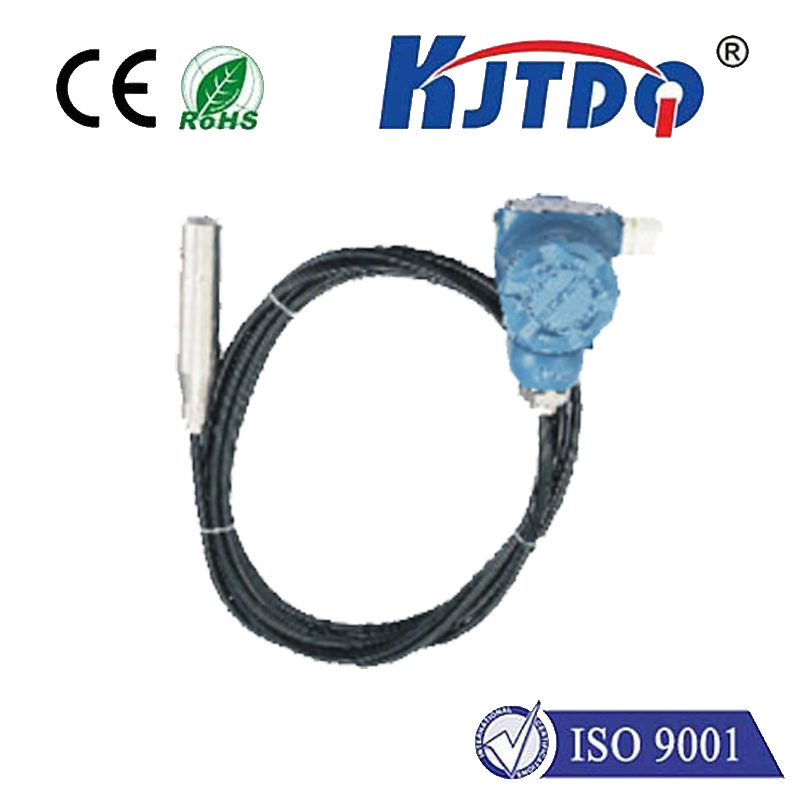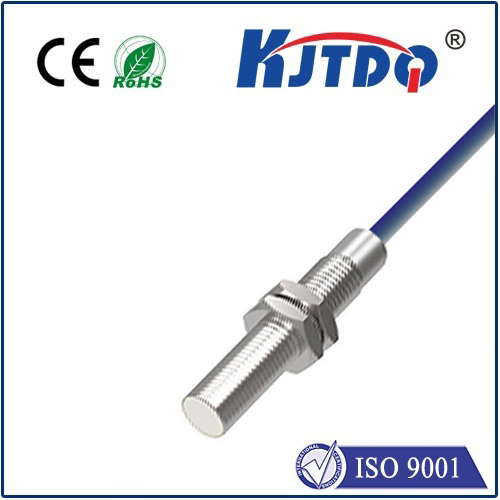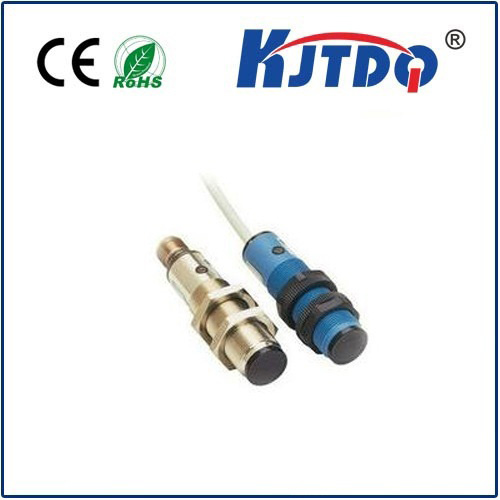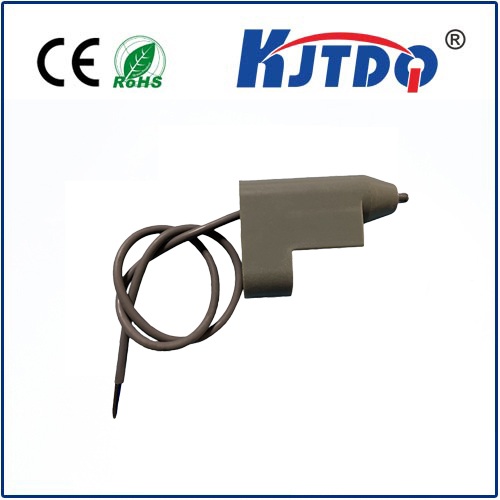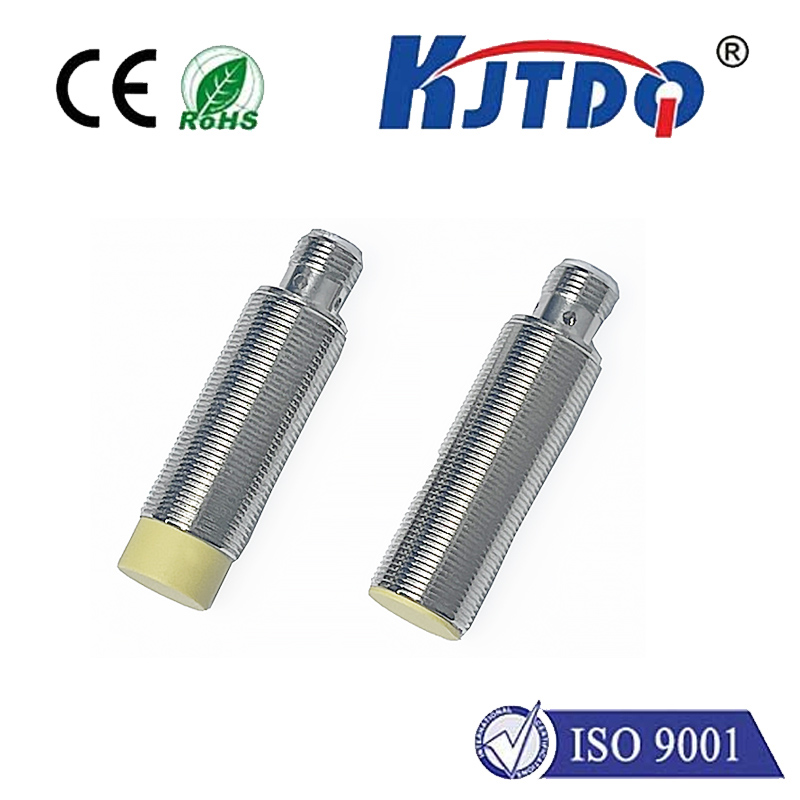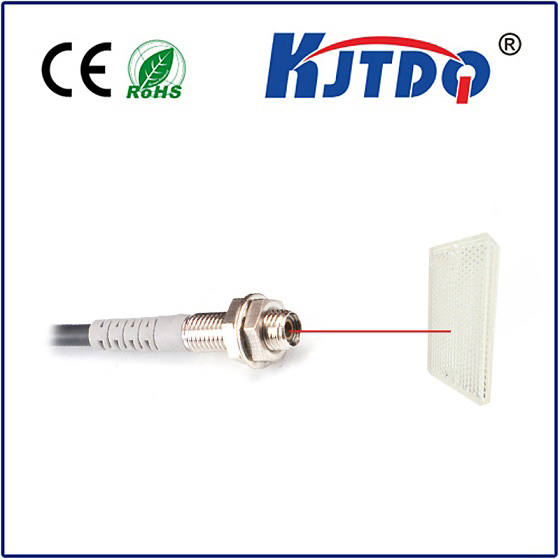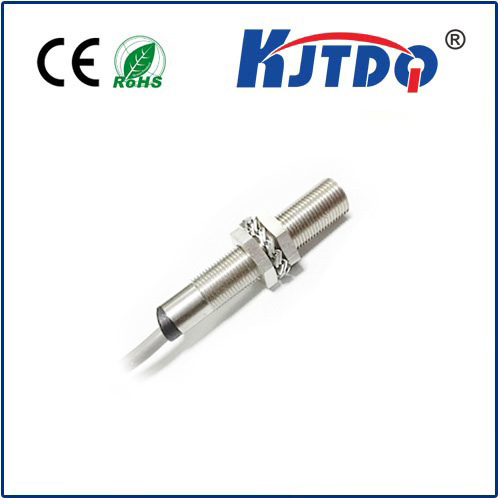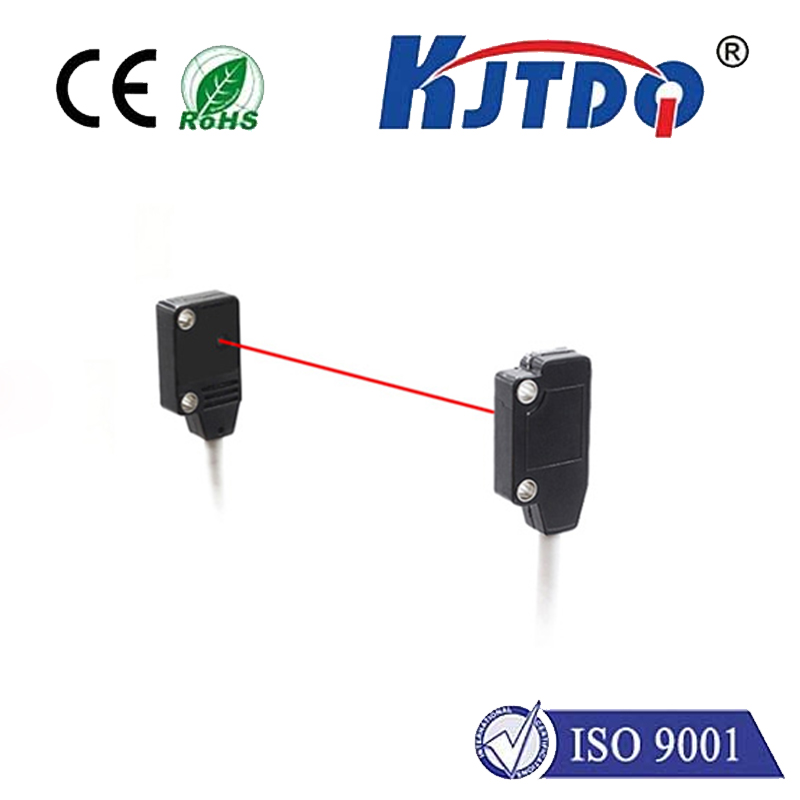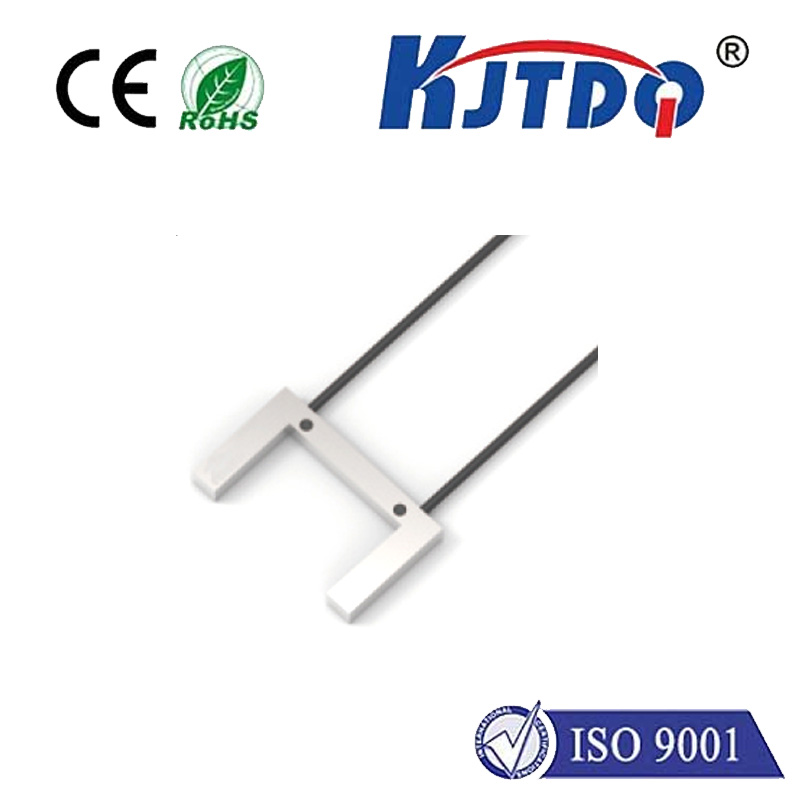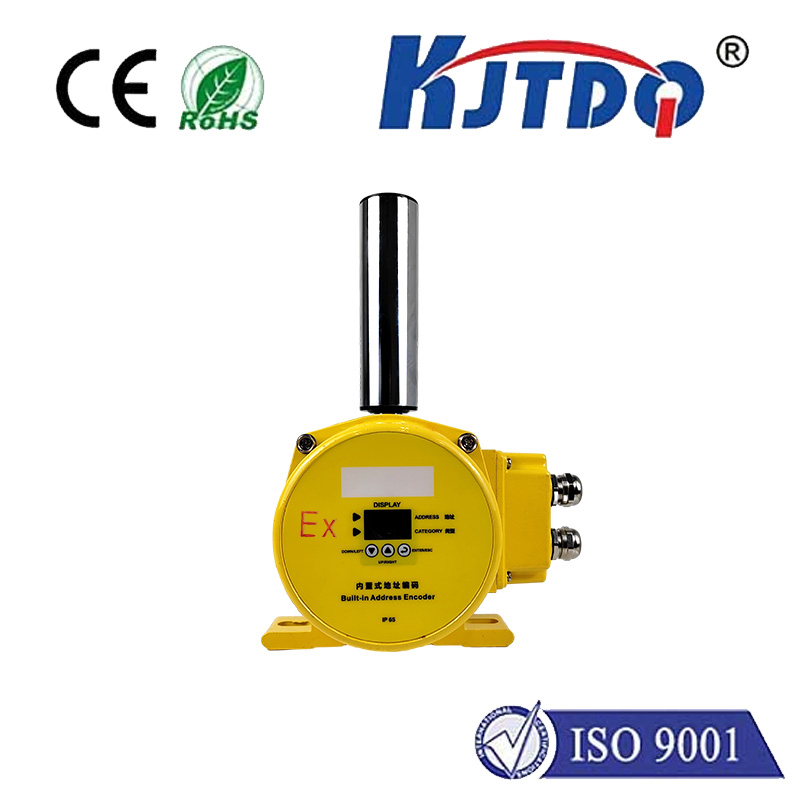
check

check

check

check

Introduction: The world of technology is replete with various types of sensors, each designed to perform specific tasks. Among them, variable reluctance sensors hold a distinct place. They are widely used in industries due to their precision and reliability. This article aims to shed light on the working principle, applications, and benefits of variable reluctance sensors. Working Principle: Variable reluctance sensors, also known as VRS, work on the principle of electromagnetic induction. They consist of a coil wound around a soft iron core. When an alternating current passes through the coil, it generates a magnetic field. The strength of this magnetic field depends on the reluctance of the core, which in turn depends on its physical configuration. Therefore, any change in the position or movement of the core will result in a change in the magnetic flux. This change is then detected and measured by electronic circuits to determine the position or movement of the object being sensed. Applications: Variable reluctance sensors are extensively used in various industrial applications due to their high accuracy and reliability. They are commonly found in rotary encoders, linear position sensors, proximity sensors, and speed sensors. In addition, they are also used in automotive industry for crankshaft and camshaft position sensing, anti-lock braking systems, and airbag deployment systems. Moreover, they find applications in aerospace, medical equipment, robotics, and many other fields. Benefits: One of the main advantages of variable reluctance sensors is their ability to operate over a wide range of temperatures and conditions. They are immune to environmental interferences such as dust, moisture, and vibrations. Furthermore, they offer high resolution and repeatability, making them ideal for precise measurements. Their compact size and durability also make them suitable for harsh industrial environments. Conclusion: In conclusion, variable reluctance sensors play a vital role in various industrial applications due to their precision, reliability, and versatility. With advancements in technology, these sensors are expected to become even more efficient and cost-effective in the future.
